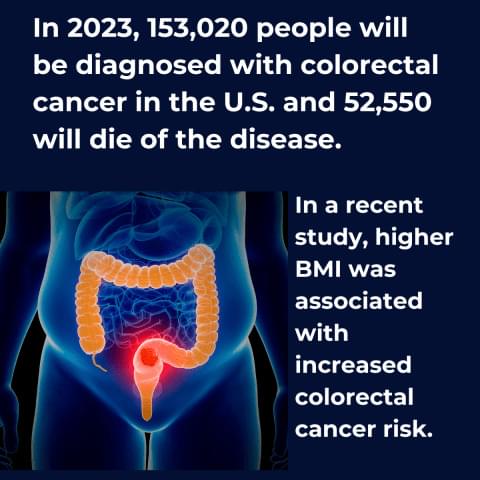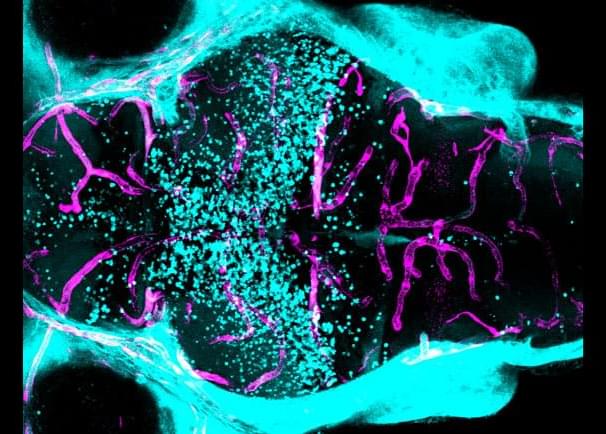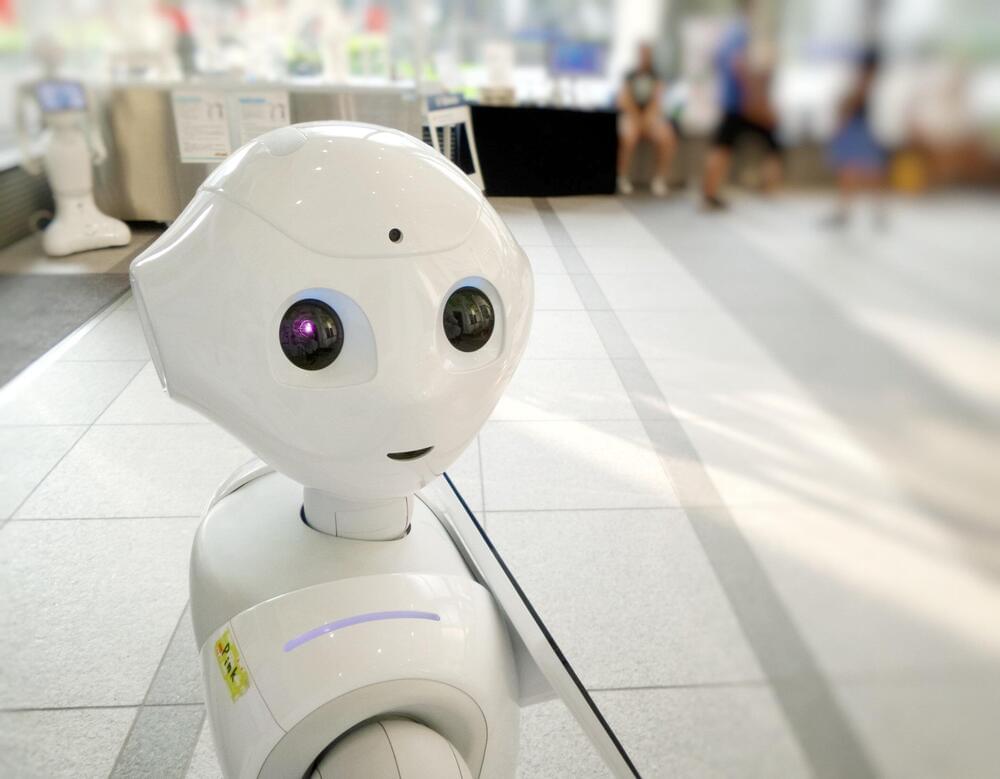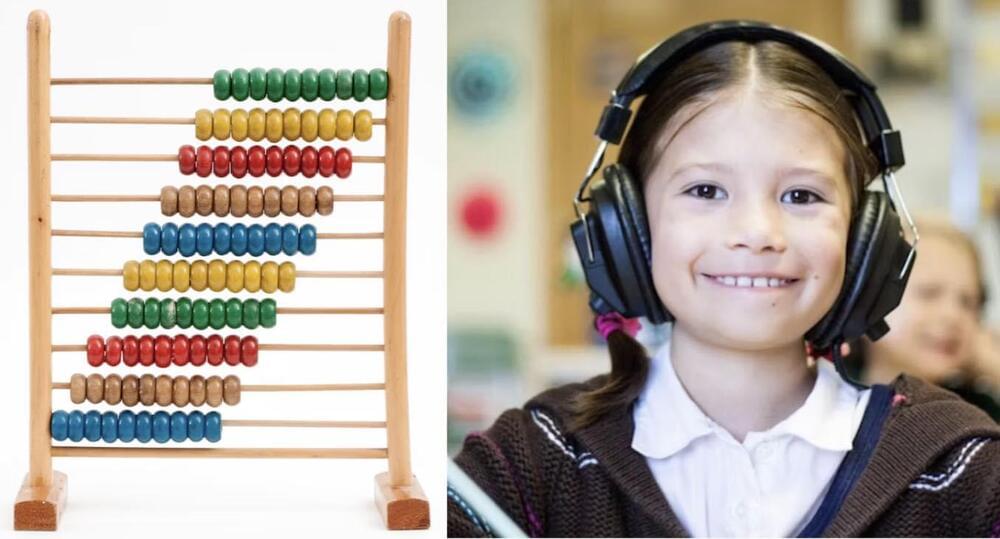Researchers at New York University (NYU), Columbia University, and the New York Genome Center have developed an artificial intelligence (AI) platform that can predict on-and off-target activity of CRISPR tools that target RNA instead of DNA.
The team paired a deep learning model with CRISPR screens to control the expression of human genes in different ways, akin to either flicking a light switch to shut them off completely or by using a dimmer knob to partially turn down their activity. The resulting neural network, which they called targeted inhibition of gene expression via gRNA design— TIGER—was able to predict efficacy from guide sequence and context. The team suggests the new technology could pave the way to the development of precise gene controls for use in CRISPR-based therapies.
“Our deep learning model can tell us not only how to design a guide RNA that knocks down a transcript completely, but can also ‘tune’ it—for instance, having it produce only 70% of the transcript of a specific gene,” said Andrew Stirn, a PhD student at Columbia Engineering and the New York Genome Center. Stirn is co-first author of the researchers’ published paper in Nature Biotechnology, titled “Prediction of on-target and off-target activity of CRISPR-Cas13D guide RNAs using deep learning.” In their paper, the researchers concluded, “We believe that TIGER predictions will enable ranking and ultimately avoidance of undesired off-target binding sites and nuclease activation, and further spur the development of RNA-targeting therapeutics.”









